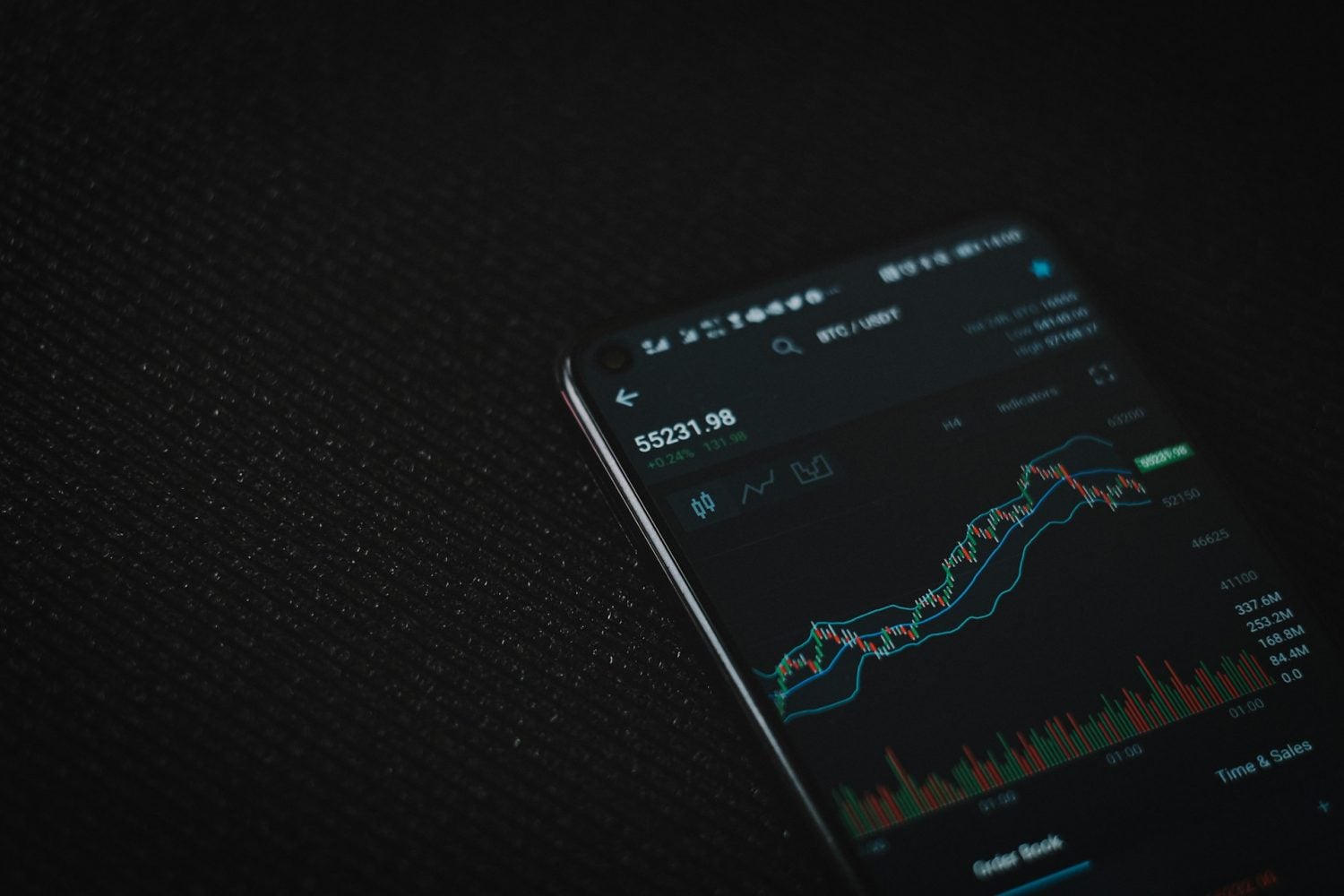Artificial Intelligence (AI) has been transforming industries across the board, and the world of finance is no exception.
One of the most intriguing applications of AI in finance is predictive trading. Predictive trading refers to the use of advanced algorithms and machine learning techniques to forecast future price movements in financial markets. In this blog post, we will explore the significant role that AI plays in predictive trading and its impact on the financial industry.
The Evolution of Predictive Trading
Before the advent of AI, predictive trading relied heavily on technical and fundamental analysis. Traders and analysts would spend hours poring over historical price charts, financial reports, and economic data to make educated guesses about market trends. These techniques had some effectiveness, but they were still subject to biases and human cognitive limitations. If you’re interested in exploring how AI has revolutionized predictive trading, visit Witzel Trading, a learning platform for trading the financial markets, where you can gain insights into the latest advancements in trading technology.
The emergence of AI and machine learning has revolutionized predictive trading by enabling computers to process vast amounts of data and recognize complex patterns that may not be apparent to humans. AI-driven predictive systems can analyze multiple data sources simultaneously, including market data, news articles, social media sentiment, and even weather reports, to make more informed predictions about future price movements.
Machine Learning Algorithms in Predictive Trading
Machine learning algorithms are at the core of predictive trading systems. These algorithms can be divided into two main categories: supervised learning and unsupervised learning.
- Supervised Learning: In supervised learning, the algorithm is trained on historical data with known outcomes. For example, the algorithm can be trained to predict whether a stock’s price will go up or down based on historical price and volume data. Once trained, the algorithm can make predictions for new, unseen data.
- Unsupervised Learning: Unsupervised learning is used to discover patterns and relationships within the data without prior knowledge of outcomes. This approach can be valuable for identifying hidden market trends and anomalies that may not be evident through traditional analysis.
Some commonly used machine learning algorithms in predictive trading include decision trees, random forests, support vector machines, and neural networks. Neural networks, in particular, have gained popularity due to their ability to capture complex patterns in financial data.
Data Sources and Feature Engineering
The success of predictive systems heavily relies on the quality and variety of data sources used. AI-driven models ingest vast amounts of data from diverse sources, such as:
- Market Data: Historical price, volume, and order book data.
- News and Sentiment Analysis: Parsing news articles, social media posts, and financial news to gauge market sentiment.
- Economic Indicators: Analyzing economic reports, interest rates, and other macroeconomic factors.
- Alternative Data: Utilizing unconventional data sources like satellite imagery, web scraping, and even geolocation data to gain insights.
Feature engineering is another critical aspect of predictive trading. It involves selecting and transforming relevant features from the data to create meaningful input variables for the machine learning models. Feature engineering requires domain expertise and a deep understanding of financial markets to extract the most valuable information from the data.
Risk Management and Portfolio Optimization
Predictive trading is not without its risks. While AI can provide valuable insights into market trends, it is not foolproof. Numerous unpredictable factors affect financial markets, and past performance is not always a reliable predictor of future outcomes. To mitigate these risks, AI-driven systems incorporate robust risk management and portfolio optimization strategies.
Risk management algorithms assess the potential downside of a trade and set stop-loss levels to limit losses. They also calculate position sizes based on portfolio risk tolerance and volatility. Portfolio optimization algorithms, on the other hand, help traders allocate their capital among different assets to achieve a balance between risk and return.
High-Frequency Trading and Algorithmic Trading
AI has made significant inroads into high-frequency trading (HFT) and algorithmic trading. High-frequency trading involves executing a large number of trades in milliseconds to exploit tiny price differentials. AI-powered algorithms are well-suited for this type of trading because they can analyze market data and execute trades at lightning speed, far surpassing human capabilities.
Algorithmic trading, which relies on predefined rules and trading strategies, has also benefited from AI. Machine learning algorithms can adapt and evolve their strategies based on changing market conditions, providing a competitive edge to algorithmic traders.
Challenges and Ethical Considerations
While AI has brought about numerous advancements in predictive trading, it also presents challenges and ethical considerations. One of the primary challenges is the risk of overfitting, where a model performs exceptionally well on historical data but fails to generalize to new data. Traders and developers must continuously monitor and adjust their models to avoid overfitting.
Another ethical concern is the potential for market manipulation through AI-powered trading. As algorithms become more sophisticated, there is a risk that they could be used to manipulate markets or engage in unethical practices. Regulatory bodies are closely monitoring these developments and working to establish guidelines to ensure fair and transparent trading practices.
Conclusion
Artificial Intelligence has ushered in a new era of predictive trading, offering traders and investors powerful tools to gain insights into market trends and make more informed decisions. Machine learning algorithms, fueled by vast amounts of data, have the potential to revolutionize the financial industry by providing a deeper understanding of market dynamics and improved risk management strategies.
However, it is essential to remember that AI is not a crystal ball; it cannot predict the future with certainty. The financial markets remain highly complex and influenced by unpredictable events. As AI continues to evolve, traders and financial institutions must strike a balance between harnessing its capabilities and managing the associated risks.















